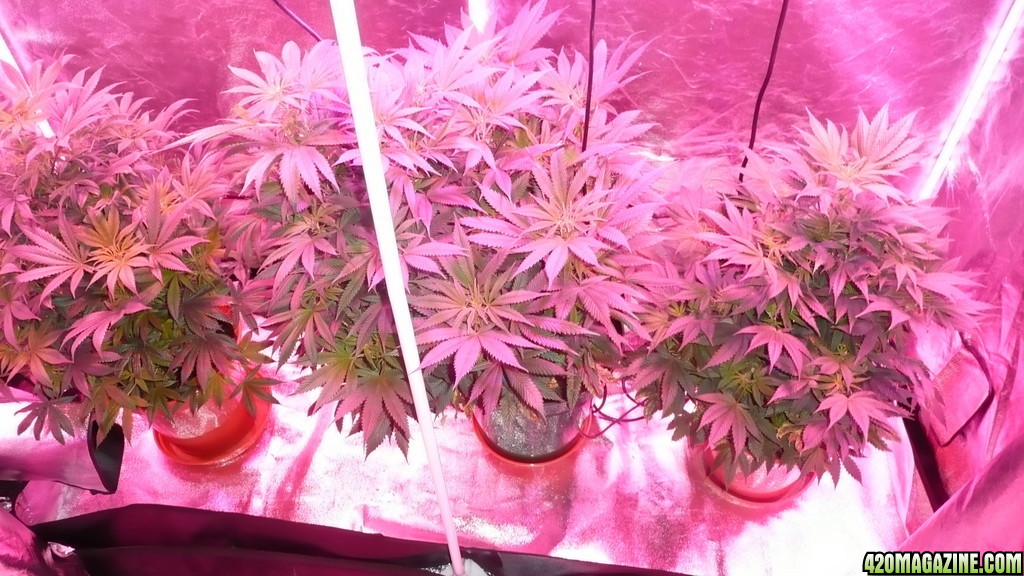SirSmokeALot-
New Member
Thats not the best one so far as i have understood, based on this review -
90watt UFO LED Grow Light review - YouTube
But i would like to ask you - how loud are the fans, and how easily can you mount it ?
90watt UFO LED Grow Light review - YouTube
But i would like to ask you - how loud are the fans, and how easily can you mount it ?




